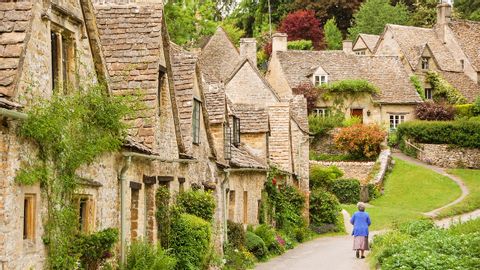リックスティーブのヨーロッパ - 西イングランド(West England)
Mon が 2021 年 07 月 02 日 に投稿  この条件に一致する単語はありません
この条件に一致する単語はありませんUS /ˈdɛdɪˌketɪd/
・
UK /'dedɪkeɪtɪd/
- v.t.捧げた;専念した;捧げる
- adj.熱心な : 献身的な;専用の
US /ˈfæsəˌnetɪŋ/
・
UK /ˈfæsɪneɪtɪŋ/
- v.t.魅惑的な;(視線で)捕らえる
- adj.魅惑的な
- n. (u.)魅力
US /ˈɪntəmɪt/
・
UK /'ɪntɪmət/
US /ˈenʃənt/
・
UK /'eɪnʃənt/
エネルギーを使用
すべての単語を解除
発音・解説・フィルター機能を解除

